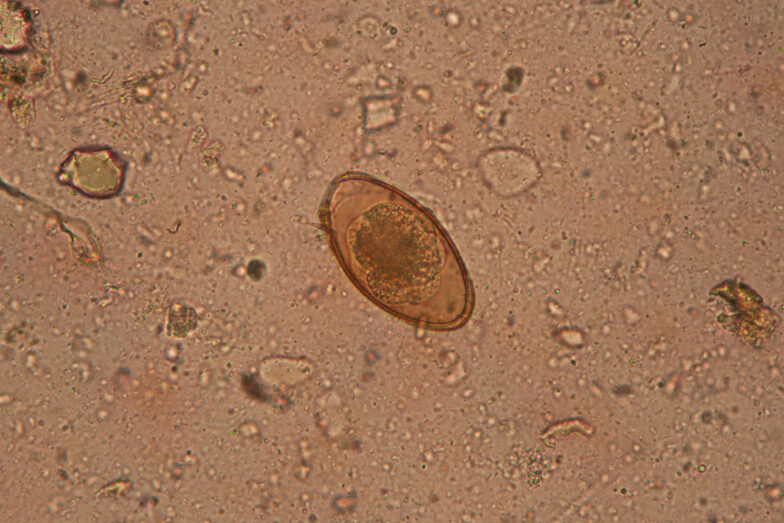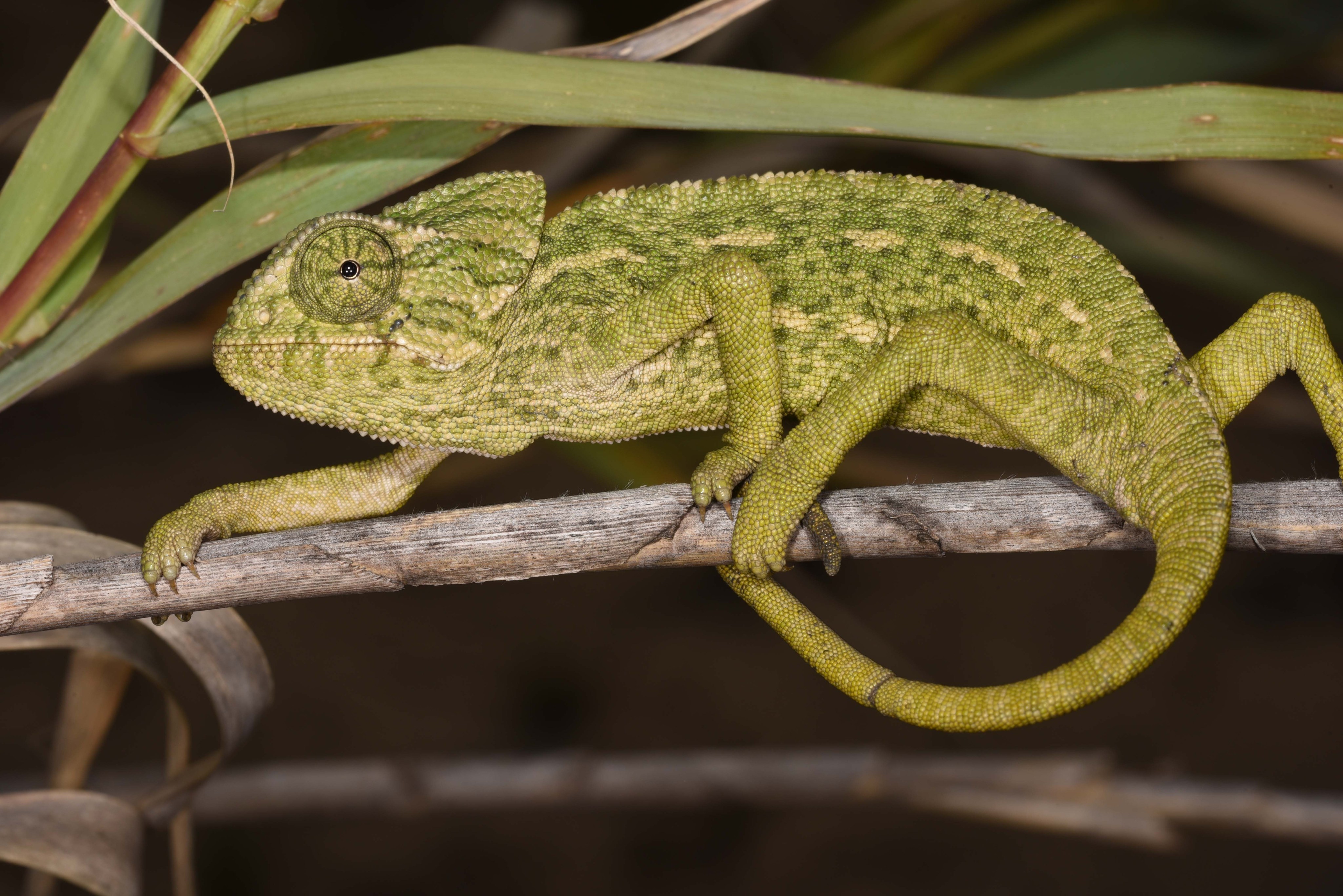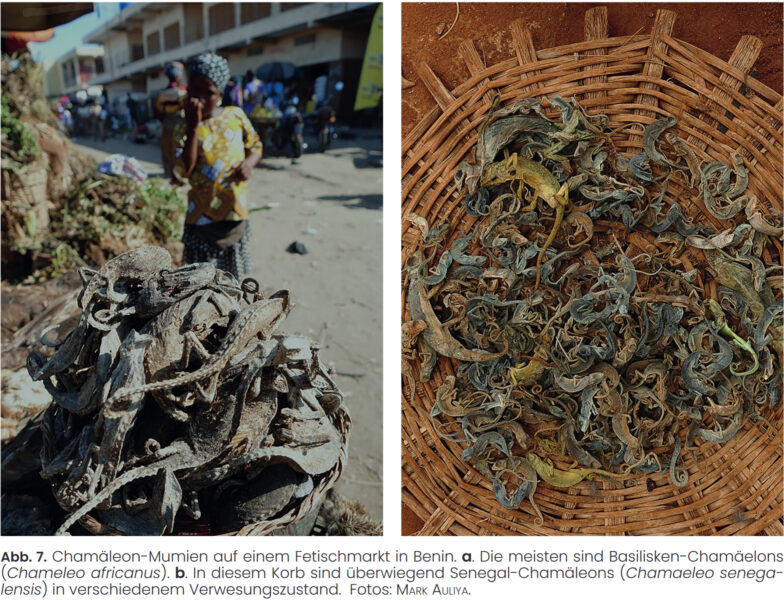The DGHT has created a novelty this year with the digital regulars’ table. Every last Thursday of the month, reptile keepers from all over Germany meet to discuss a given topic and a corresponding lecture. No-one has to travel far to attend, as the speakers and participants come to their living room via an online connection.
Paula Sapion Miranda will kick things off on 25 January 2024. The vet researches parasites in reptiles and amphibians at Justus Liebig University in Giessen and also works at Exomed, the well-known veterinary laboratory for exotic animals. She will talk about common and less common unwanted lodgers. Please register by e-mail to bonsels@dght.de by the day before, and the participation link will be sent out on the day of the regulars’ table.
Paula Sapion Miranda Parasites in reptiles and amphibians
1st online regulars’ table of the DGHT
Start 20.00 hrs




